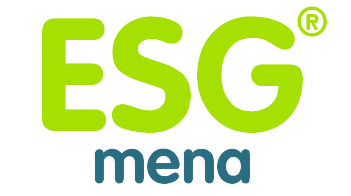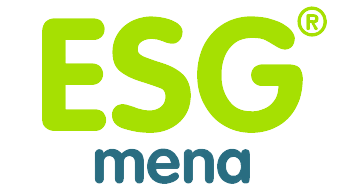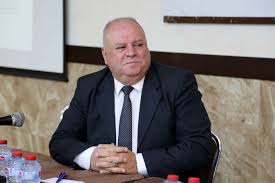Jordan has witnessed remarkable progress in renewable energy, making it one of the leading countries in the Arab world in this field, both through government projects and private initiatives. In this interview, Dr. Ismail Al-Atiyat, Chairman of the Jordanian Association for Energy Conservation and Environmental Sustainability, speaks about the current state of renewable energy in Jordan, the main challenges facing the sector, and the prospects of green financing for sustainable energy projects.
How would you describe the current state of renewable energy in Jordan?
Renewable energy in Jordan is among the best in the Arab region, both in terms of its contribution to the national energy mix and the level of development achieved. Currently, renewable energy accounts for around 30% of Jordan’s total energy mix — a remarkable figure compared to other countries in the region.
Are the efforts in this field mainly governmental or individual?
They are mixed. There are major government-led projects as well as personal initiatives by citizens. For example, there is a large-scale solar project in Ma’an known as the “Ma’an Solar Farm,” which is a government project producing significant amounts of energy and feeding it into the national grid.
What about wind energy in Jordan?
We also have important wind energy projects across different regions: in the north in Al-Ashrafiyeh, in the south in Jurf Al-Darawish, and a major wind farm in Tafileh, which is one of the largest in the country and contributes clean energy to the national grid.
Are areas like Wadi Rum suitable for wind energy projects?
Yes, after long-term studies of wind speed and density, these areas were found to be highly suitable for investment in wind energy.
Who funds these projects? Is there European or international financing involved?
The sources of funding are diverse, but most of the projects are primarily government-funded.
You mentioned that renewable energy represents about 30% of Jordan’s energy mix. Which sectors contribute to this percentage?
This figure includes contributions from both the public and private sectors. It’s important to note that oil shale projects are not classified as renewable energy since they are not clean, but they still play a role in the country’s overall energy production.
What are the main challenges facing the renewable energy sector in Jordan?
There are several. The first is the outdated national grid, which struggles to absorb the large quantities of renewable energy produced, making integration difficult.
The second challenge is economic. The Jordanian government relies heavily on revenue from fuel sales — such as gasoline and diesel — as a major income source. Transitioning toward clean energy reduces these revenues, which poses a significant economic challenge.
Can individuals install solar energy systems in their homes independently?
Yes, individuals can install solar panels for their homes or facilities without issue. However, if they plan to store energy or feed it back into the national grid, they must obtain an official permit and comply with specific regulations.
Is there any data on how many buildings or homes use solar energy?
There’s no exact figure yet, even though the Energy and Minerals Regulatory Commission monitors the sector closely. Still, the numbers are increasing rapidly. Anyone who owns a villa, farm, or private commercial building is turning to solar power to reduce electricity bills — especially since Jordan enjoys around 300 sunny days per year, offering ideal conditions for solar electricity generation.
What about green financing for renewable energy projects in Jordan?
The Ministry of Energy and the Ministry of Planning are working together to secure green financing from international sources to support sustainable energy projects. Accurate figures and funding details can be obtained from the official websites of both ministries.
Do you believe the current level of financing is sufficient?
Yes, there is a fair amount of financing available.
Are local banks providing adequate facilities for individuals who want to install solar systems?
Local banks operate mainly on commercial principles and often offer loans at high interest rates, making financing less feasible in many cases. However, there are international grants and funding programs for well-studied projects that bring economic and social benefits — such as creating jobs, empowering women, including people with disabilities, and preserving the environment. These types of projects receive stronger support from external donors.
Do you have figures on the percentage of buildings powered by solar energy in Jordan?
Yes. About 13% of buildings in Jordan operate on solar energy, including mosques and major commercial complexes. Jordan has also been a pioneer in solar water heating since the 1970s. Currently, around 55% to 65% of households use solar water heaters to produce hot water year-round — a major achievement that sets Jordan apart in clean energy adoption.




